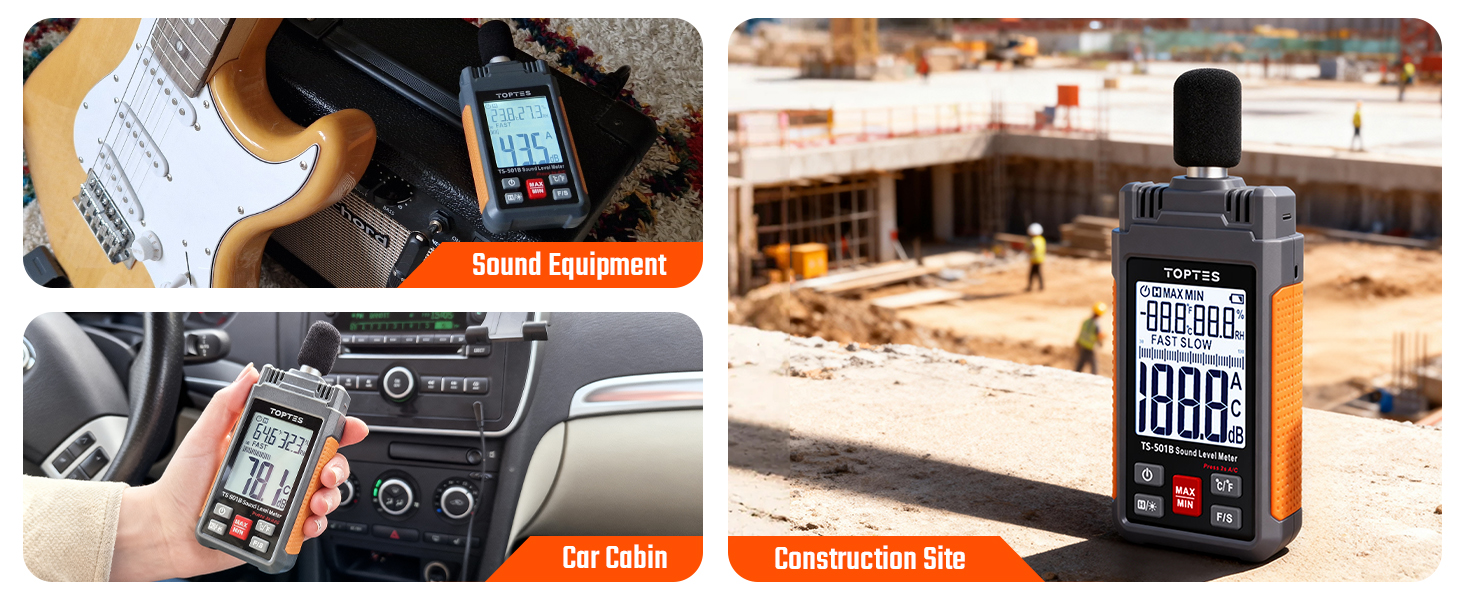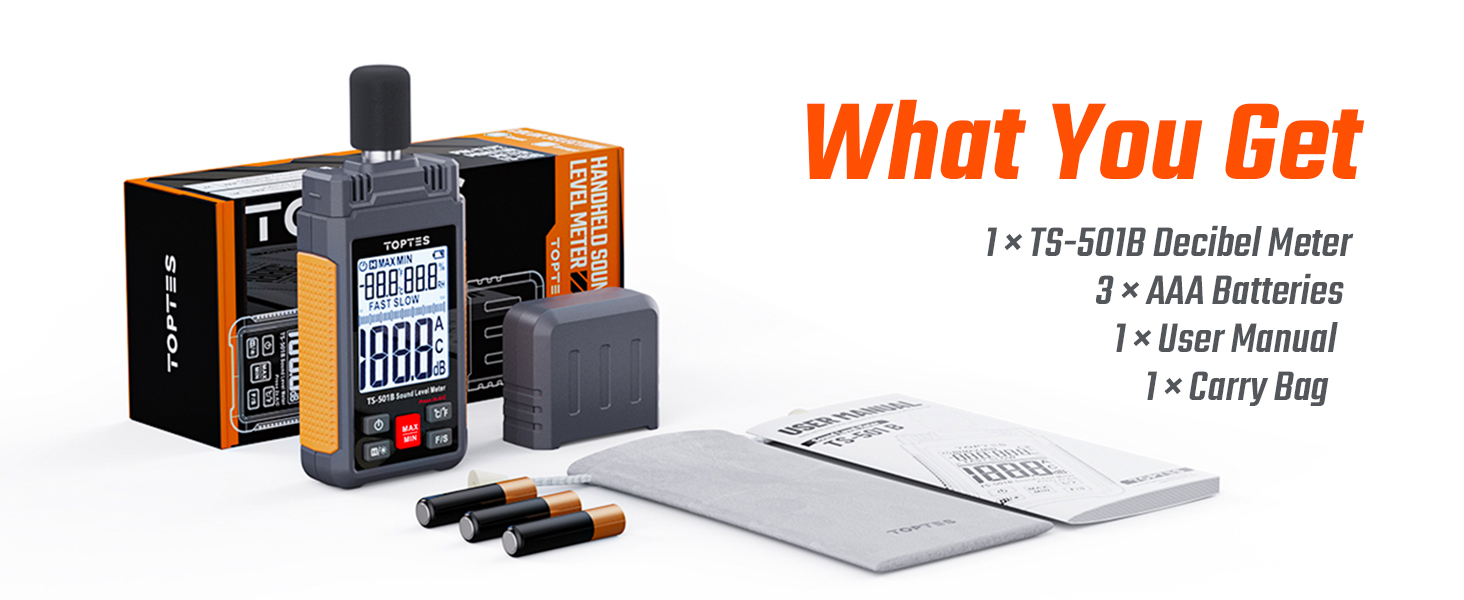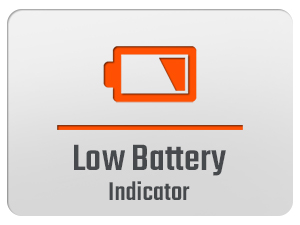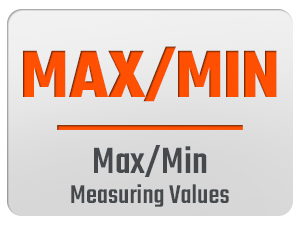Customer Services
Copyright © 2025 Desertcart Holdings Limited
Desert Online General Trading LLC
Dubai, United Arab Emirates









🔊 Measure the noise, master your space!
The TopTes TS-501B Decibel Meter is a portable, precision sound level meter featuring a 2.25-inch backlit LCD, A/C weighted measurements from 30 to 130 dB, and Max/Min data hold functions. Designed for professionals and home users alike, it offers ergonomic handling, factory calibration, and comes complete with batteries and a carry case for immediate use.







X**N
Recommended
A very nice unit which works well. It appears to be very sensitive and accurate. The unit provides more information than I expected. It was helpful setting up my speakers for my home theater. Recommended.
S**G
Excellent decibel meter
Really nice decibel meter, I recently bought Honda's smallest industrial generator. As hurricane Milton put a lot of strain on my decade old smaller inverter generator, that never missed a beat.This particular Honda generator I bought to replace it, is a tank, but it's a fair bit noisier than Hondas notoriously quiet consumer generators. So I picked up a generator exhaust extension kit. This kit stated, (not claimed, 'up to') but verbatim stated it "reduces generator operating noise by 60%".Installed it on the generator and I noticed little, if any noise reduction. (To be fair, it did a great job of rerouting my exhaust, but I got it to primarily reduce noise)Being a retired aviation engineer, I shook my head at the manufacturers claims & needed to know exactly how much this reduced the sound levels, as it seemed exactly as loud as it was before.Using this well made and simple to use decibel meter, It confirmed the exhaust kit did little to reduce the noise level. (maybe the manufacturer's testing methodology was to take decibel readings 100 feet from the generator, but they mistated the product by a LOT)-This Sound Meters manual is easy to follow, and the meter itself is excellent. Reading the manual is important as it gives excellent advice on how to accurately compare apples to apples with testing methodology.This decibel meter came with three Duracell AA batteries which was appreciated. It also was calibrated properly and they explain what to do if you need it recalibrated down the road if needed)Very happy with this product.
U**D
First try, it seems to work well, but battery connection is loosed and erratic
Meets my idea of "good enough" for the reasonable price.I just got this and was pleasantly surprised that it includes Duracell batteries. It seems to work OK, but the battery cover barely latches in place. After a few minutes, it stopped working, and, (not directly related to the loose battery door), I had to nudge the flat ends of the individual batteries to center the little coil spring just right, then it started working again. Otherwise the coil spring slides so far off center that it touches the side of the steel jacket. It is just the most sloppily engineered battery tray (3 AAA cells) I've ever seen in any electronic item I've ever bought.Not ideal, but good enough for me to compare refrigerator loudness and buy a new quieter fridge, so I'll get my money's worth without having to return it. I'd rate this 3.5 stars if I could, but I might evern buy another like it if I need another.
G**)
Ignore some of the more critical reviews
I just got it today. After reading some simple things in the manual and online to understand the differences between A and C, it seems pretty straightforward and the device appears to work. I don't have anything else to compare it to like that of some other reviews who would call their comparison a "professional" sound measuring device, but by adjusting the volume of my speakers, as well as the gain and bass levels, the changes seem to be appropriate when it measures the changes in pressure that occur when the bass hits, although I haven't done a bass test with it because I'm in an apartment. So far, I haven't held back on being loud and the highest reading I've gotten for pressure was 113dB across my room, which was much louder than anyone should rightfully have their music, especially in an apartment. For comparison, your average jet engine for a 747 is around 110 dB without applying thrust. Standing nearby a rocket launch which would be closer to 140 dB. The device does not measure hertz, which are the measurement for the frequency of sound waves that will change the pitch rather than the loudness and pressure that decibils measure. I knew this when I purchased the device, but I just wanted to mention that for additional clarity.The product description claims it comes fully calibrated and factory tested for quality assurance. From walking around my house, testing things from my fish tank filter, to music at different levels, my vacuum, and my fridge, they all seemed to be within the expected ranges of what is claimed in the manual. If anything, I think it might read a tad bit on the high side, but I'm no expert. I would say on the fast setting you'll get a variation more like +5 dB or -5 dB from what it probably actually is, depending on what you're listening to. I prefer to use the C setting on Slow, because I feel that shows the most realistic number without drastic spikes.Compared to my thermostat that controls my house, the temp gauge on the device appears to be about 3-4° F higher, and my temp gun (which, in all fairness to the resilient lil' guy, has been dropped in a bucket of water) shows about 2° F higher than the sound device. My temperature gun also shows 2° F higher than what my aquarium heater is set to and it, as it is automatic, is not currently heating. The mercury thermometer I have somehow developed a bubble and is unreadable and I accidentally let my other temp/hygrometer device freeze, so the screen no longer functions. The hygrometer on the sound device seems accurate enough, being as it is dry here and my house is normally not as humid as your typical house, per my previous monitor. I haven't tested it in a humid room, but there isn't much need to unless you're possibly in a humid area, in which case you should use your best judgment as you would with any other electronic device.It feels like it's built well-enough. As with anything in general, but specifically a measuring instrument, you won't want to drop it. The cap that covers the microphone when it's not in use is a snug fit, which is great. However, when you pull them apart be sure that you pull them straight apart from each other. If you open it non-chalantly as you might a stick of deodorant, you may risk breaking your microphone.To hit the Amazon "ideas" for relevancy: it seems to measure noise and pressure levels well. The device has a good size. ~two phones on top of one another, but about the weight of a single phone. LCD screen is easy to read. Backlight on/off function works great. Fast noise levels with A and pressure/loudness levels with C on slow. During your "test" time, you can select the min/Max to give you the highs and lows of your test that you can average out.For around $30, it seems to be good value for money (so far) since higher end sound monitors can apparently run hundreds of dollars, if not more. The package I received wasn't completely sealed, but the item had not been touched. It arrived new. It also comes with a little velvet bag that you can put it in for carrying/storage purposes. Again, as with other electronic devices, any time you intend on storing it for any length of time where it will not be in-use, remove the batteries to avoid any corrosion or potential fire hazards. At best, you get lucky without corrosion, at worst it catches on fire. Better safe than sorry.For any practical purpose it appears as though this is a reliable enough decibel meter that it will be sufficient for 99% of the average consumers. If you're making sure your music isn't breaking any ordinances, checking someone else's noise level (you nosey neighbor, you), or any other thing you find yourself curious about knowing how loud it is, this device should be just fine. If you're aiming for truly professional reading levels and studio purposes, you typically get what you pay for when it comes to any precision measuring device, but I do believe you get a little more in this device than you rightfully should for $30. I compared this to several other devices that were <$30 and I think I would have disappointed with the other devices I was looking at.It does come from China with an impossible address that you'll probably never find, so take that for what it's worth. They do, however, have a support email and they do boast a 3-year warranty for after-sale service and lifetime tech support.I will update this if anything notable changes. I hope this helps somebody.
G**O
Outstanding Piece of Equipment and Value
This is a very well thought-out and executed sound level meter. It offers function and usefulness way beyond what I would have expected for the price. The use is straight-forward. It offers both slow and fast sampling; both A and C sound level weighting; a capture and hold of a moment of meaurement; and a Max and Min function that updates as the levels change in time. It also fits a little stand that I use to hold an iPhone. Note: The frequency response stated in the specs to be 30 Hz to 8 kHz relates to the 3 dB down points of the Type C weighting. That is a requirement of the C weighting, not a defect of the instrument.Could not ask for more!
Trustpilot
2 months ago
1 month ago